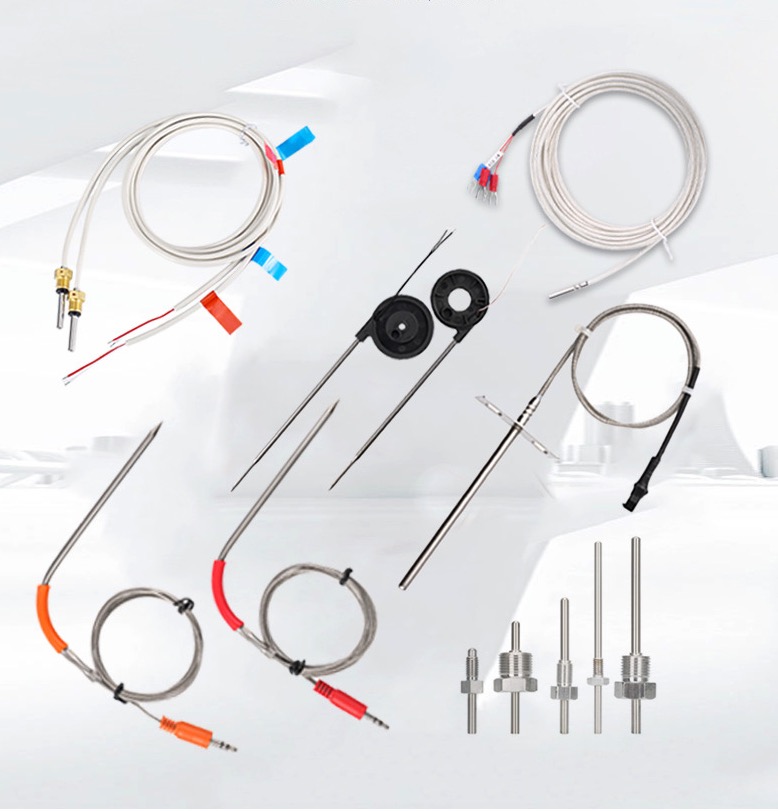Introduction
In today’s fast-paced world, temperature monitoring has become pivotal across industries. This article delves into the seamless amalgamation of ESP32 microcontroller, DS18B20 digital temperature sensor, and Blynk platform, offering an advanced temperature monitoring system for various applications.

The Power of ESP32
As the central processing unit, ESP32 showcases unparalleled versatility. Its prowess extends beyond being a microcontroller, effortlessly integrating with diverse sensors and communication protocols. When paired with the DS18B20 digital temperature sensor, precise temperature data acquisition is achievable. The strategic alliance of ESP32, DS18B20, and Blynk forms the bedrock of our remote temperature monitoring framework.

Unveiling DS18B20
The DS18B20, a digital temperature sensor, stands as a cornerstone of accuracy. Boasting a one-wire interface, multiple DS18B20 sensors can be seamlessly connected to a single microcontroller pin, simplifying complex wiring. The incorporation of an NTC thermistor probe within the DS18B20 sensor guarantees unparalleled precision in temperature readings, catering to scenarios demanding exactness. Leveraging ESP32’s GPIO capabilities, efficient communication with DS18B20 sensors ensues.

Real-time Surveillance via Blynk
Revolutionizing our project, Blynk empowers real-time remote monitoring. Facilitating seamless interaction with connected devices via an intuitive mobile application, Blynk reshapes the landscape. By synergizing Blynk with ESP32, real-time temperature data from DS18B20 sensors transmits effortlessly to the Blynk app. This real-time access proves transformative, with applications spanning server rooms to agricultural setups.

Implementation Phases
- Initiating ESP32 and DS18B20 Configuration: Embark by interlinking the DS18B20 sensor with the ESP32, capitalizing on the one-wire interface. Configure ESP32 to establish seamless communication with the sensor’s distinct address.
- Coding the ESP32: Employ the Arduino IDE to breathe life into ESP32. Leverage libraries compatible with DS18B20 sensor, orchestrating effective communication between microcontroller and sensor.
- Synchronizing Blynk: Construct a Blynk account and project. Secure the Blynk authorization token, seamlessly integrating it into the ESP32 code. This pivotal step facilitates fluid transmission of temperature data to the Blynk app.
- Visualizing Temperature Insights: Engineer the Blynk app interface to visually represent temperature data from DS18B20 sensor. Employ widgets like Gauges and Value Displays, presenting information in an aesthetically pleasing manner.
Conclusion
The fusion of ESP32, DS18B20, and Blynk heralds an era of efficient and accessible temperature monitoring solutions. From industrial sectors to home automation, this synergy presents accurate real-time temperature data. The incorporation of NTC thermistor probes within DS18B20 sensors accentuates the commitment to precision. As technological strides continue, the convergence of microcontrollers, sensors, and platforms like Blynk forges a path toward even more sophisticated temperature monitoring endeavors.





